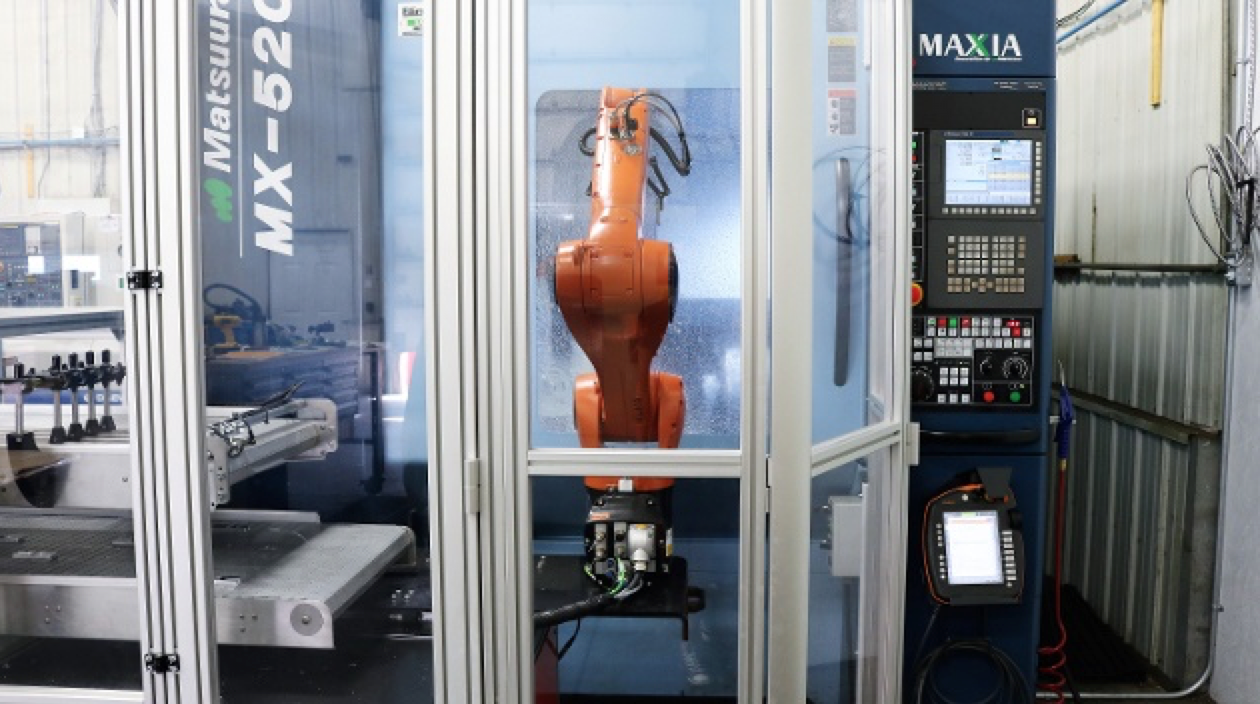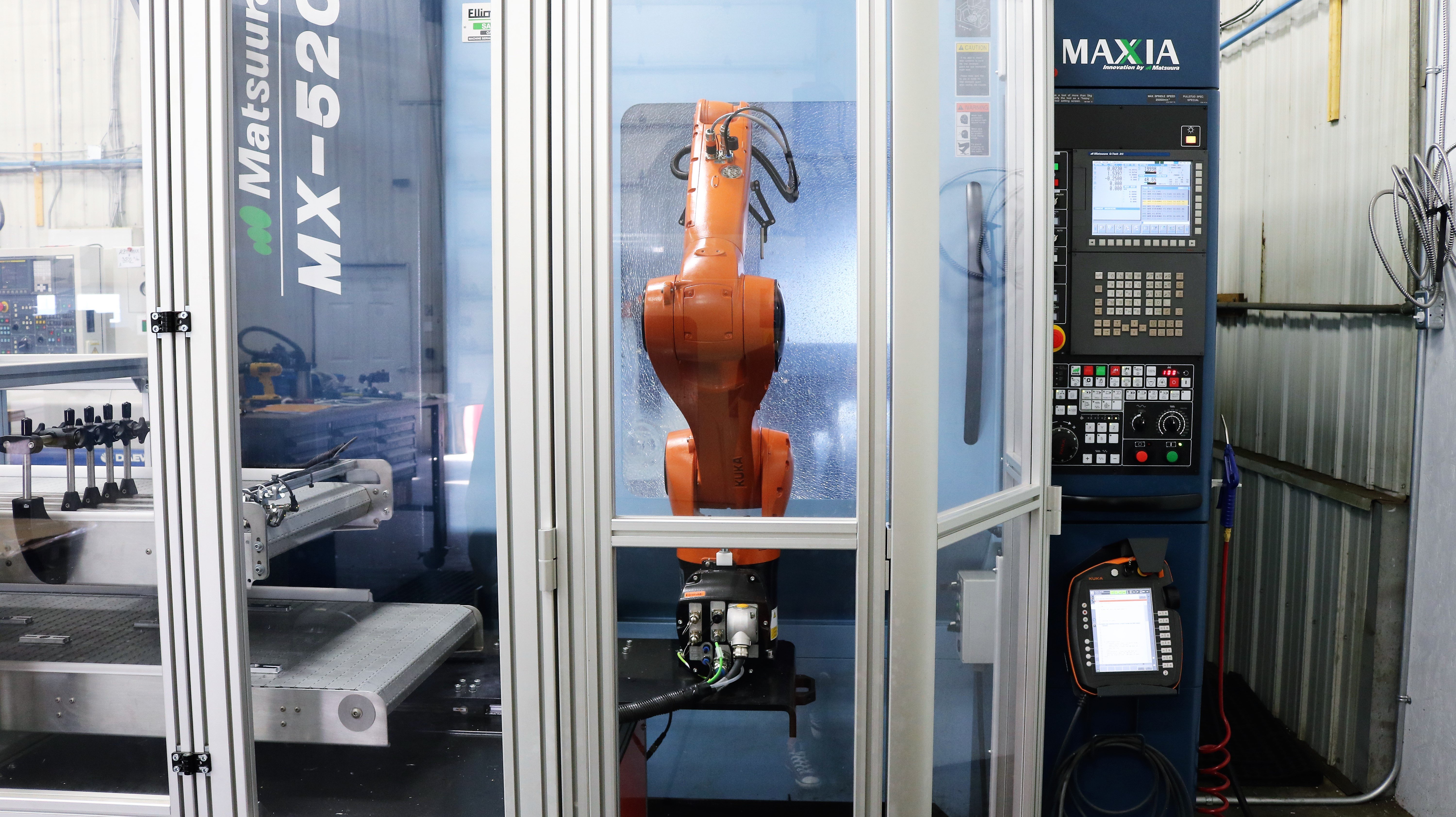Industrial Robot Simulates Satellite Docking

Posted on Feb 16, 2010 12:08 PM. 1 min read time
Space robotics may appear to be a purely scientific endeavor -- brave little rovers exploring planets in search of life -- but it turns out there's a multi-million dollar market in space just waiting for the right kind of robot. This market is satellite servicing.
Geostationary communication satellites fire small thrusters to stay in orbit. When they run out of fuel (typically helium or hydrazine), or when a battery or gyroscope fails, these expensive satellites often have to be abandoned, becoming just another piece of space junk, even though their mechanical systems and electronics work fine.
Space agencies and companies around the world are developing robotic servicing systems (the United States demonstrated one such system in its Orbital Express mission), but putting these systems in space, docking them to satellites, and performing repairs remains a big challenge.
To address the problem, DLR (Germany's NASA equivalent) launched the European Proximity Operations Simulator, or EPOS, initiative. EPOS is a robotic facility designed to simulate on-orbit rendezvous, docking, and repair maneuvers. EPOS allows engineers to do computers simulations of a docking system with hardware in the loop.
For this project, DLR partnered with Robo-Technology, a small industrial robotic integrator that designed, built and programmed the EPOS hardware. Its main components are the two robots and the 25 meter linear track, which defines the working range. Both robots offer 6 degrees of freedom, so the two satellites can be positioned relative to each other, but also relative to instrumentation in the lab.
See my full article and a video on IEEE Spectrum Automaton.








Leave a comment